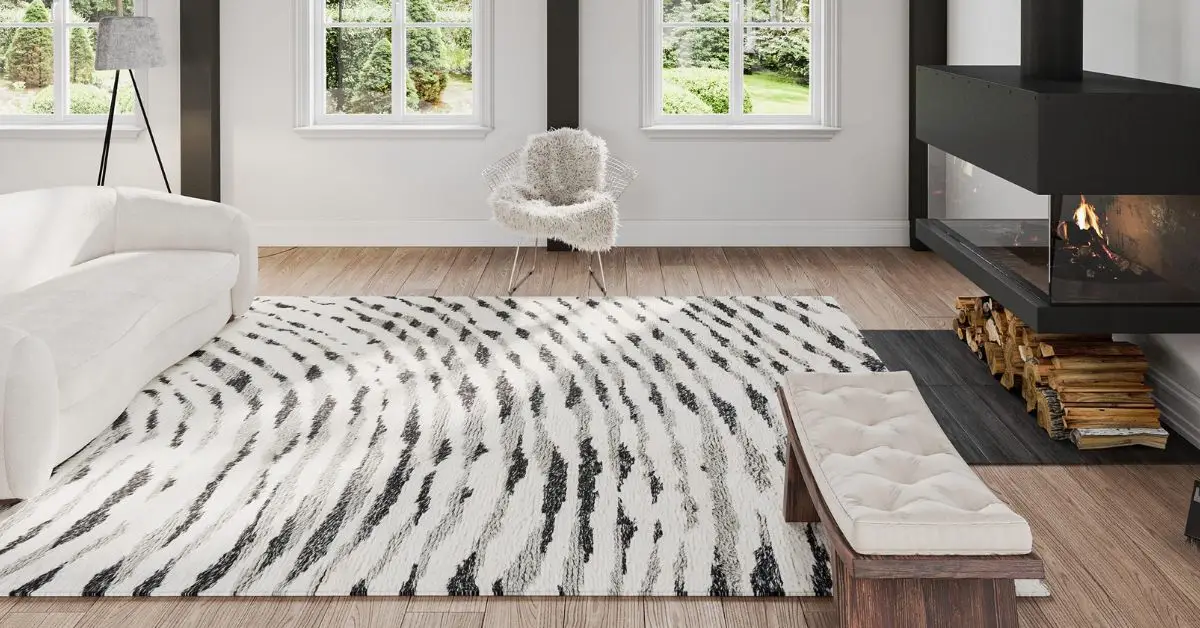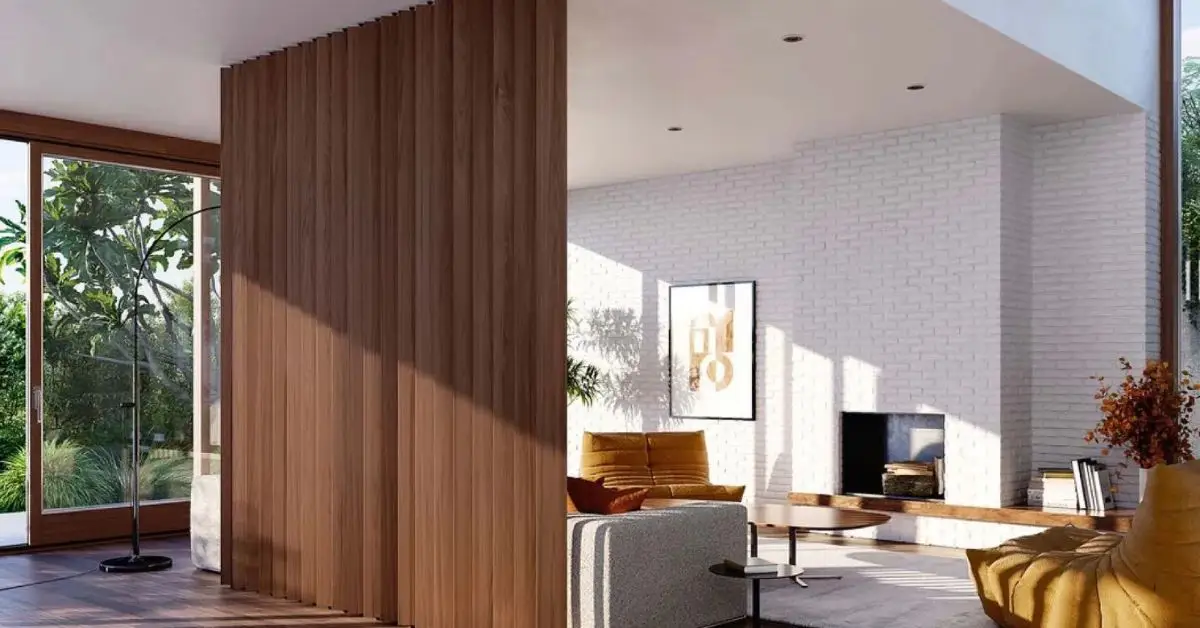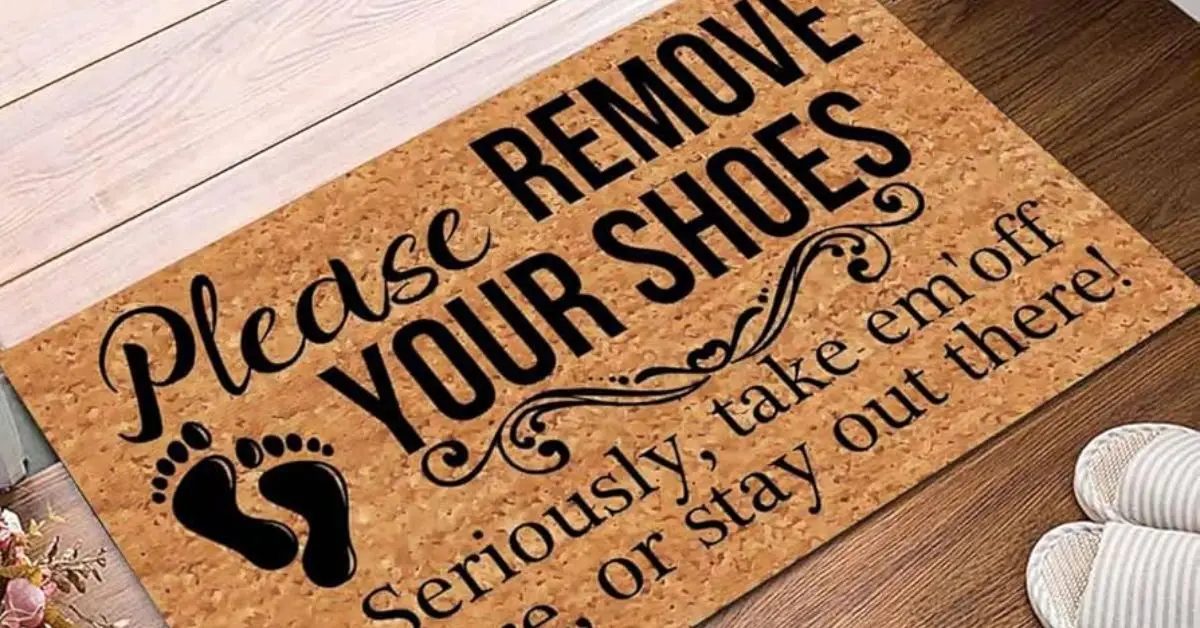Your Entryway Might Be Ruining Your Home’s First Impression — Here’s How to Fix It
I’ve walked into dozens of homes as a designer, and if there’s one thing I’ve learned, it’s this: your entryway sets the tone for everything that follows. It’s like a handshake — either warm and welcoming, or awkward and forgettable.
Most people don’t even realize their entryway is sending the wrong message. Maybe it’s cluttered. Maybe the lighting is cold. Or maybe it just feels…off. Whatever it is, that first five seconds when someone walks in can shape how they feel about your entire home — even before they see anything else.
In this article, I’ll show you the 5 most common entryway mistakes I see over and over again. More importantly, I’ll tell you how to avoid them — with simple, real-world fixes that actually work. No fluff, no Pinterest-perfect nonsense. Just smart, practical design moves anyone can use.
Quick question before we dive in: What’s the first thing you notice when you walk into someone’s home? Think about it — because that’s exactly how others feel walking into yours.
1. Ignoring Lighting — and Making the Whole Space Feel Off
You know that feeling when you walk into a place and can’t quite put your finger on why it feels cold or unfinished? Nine times out of ten, it’s the lighting.
Most entryways are either too dim, relying on a single sad bulb, or too harsh, with sterile white light that makes the space feel like a waiting room. Neither gives off a warm welcome. And if you have no natural light coming in? Even more reason to rethink your setup.
A well-lit entryway doesn’t just make the space look better — it makes you feel better walking into your own home.
Here’s what works:
- Add a statement light fixture if you’ve got ceiling height — it becomes instant decor.
- Use warm white bulbs (around 2700K) instead of cool ones. Huge difference in mood.
- If your entry is dark, layer in wall sconces or a table lamp on a console — soft light adds charm.
- Got natural light? Great — don’t block it with bulky furniture or dark curtains.
Expert tip: According to Martha Stewart’s design editors, lighting is one of the most overlooked elements in an entryway, even though it’s the first and last space everyone walks through.
Lighting affects everything — how your space looks, how clean it feels, even your mood walking in after a long day. Bad lighting makes your home forgettable. Good lighting makes it unforgettable.
2. No Clear Drop Zone — and the Clutter Starts Piling Up
You come home, toss your keys somewhere random, kick off your shoes, dump your bag on the nearest surface — and before you know it, your entryway becomes a mess. Sound familiar?

The problem isn’t you. It’s that there’s no system in place. Most entryways don’t have a proper drop zone — a designated spot for everyday essentials. And without one, clutter becomes the default.
Here’s how to fix that:
- Use a shallow console table with a bowl or tray for keys, mail, and sunglasses.
- Install a wall-mounted shelf or floating cubbies if you’re tight on space.
- Place a small bench with hidden storage underneath for shoes and bags.
- Add hooks (not just one) for coats, totes, dog leashes — whatever you actually use daily.
You don’t need a mudroom. You just need structure.
The entryway is a high-traffic zone. If there’s no plan, clutter will always win. A clear drop zone helps you stay organized without thinking about it — and makes the space feel calm instead of chaotic. If your space tends to collect clutter by the end of the day, these room-by-room decluttering hacks can help reset your home’s flow from the entryway inward.
3. Oversized or Undersized Rugs — Making the Space Look Unfinished
Let’s talk rugs. A lot of people either skip them entirely or use ones that are way too small. Both can quietly ruin the look of your entryway.

A too-small rug makes everything feel off-balance — like you forgot to finish the space. On the other hand, a rug that’s too big can overwhelm the entry, especially if it curls up against furniture or door frames.
Here’s what actually works:
- Choose a rug that fits the width of the doorway and extends far enough in so you can take at least one or two steps onto it.
- For narrow entries, go with a runner — it draws the eye in and adds warmth without crowding the space.
- Use low-pile or indoor-outdoor rugs — they’re easier to clean and don’t trap dirt.
- Don’t forget a non-slip rug pad — safety matters more than aesthetics here.
According to Homes & Gardens, one of the biggest entry mistakes is using the wrong rug material, which not only looks messy over time but also wears out faster in high-traffic areas.
Your rug grounds the space. It adds texture, warmth, and function — but only if it’s the right size and material. Get it wrong, and your entryway feels either empty or clumsy.
4. Generic Decor — and No Sense of Personality
Let’s be honest — a lot of entryways feel like a hotel lobby. Technically neat, but totally forgettable.
It’s usually because the decor is too safe: a generic mirror, a fake plant, maybe a neutral print that could be in anyone’s home. The problem? It doesn’t say anything about you. And when guests walk in, that lack of personality makes the whole home feel less inviting.
Here’s how to fix that without going overboard:
- Hang one personal piece — a framed photo, travel art, or something with a story behind it.
- Add a vintage mirror, hand-me-down console, or something that feels collected — not store-bought.
- Use objects that hint at your lifestyle — like a bowl of beach shells, a small book stack, or even your favorite candle.
- Layer in texture with woven baskets, ceramics, or textiles — it softens the space. Want more decor that’s personal, not pricey? Try these stylish, budget-friendly home office upgrades — many ideas work beautifully in entryways too.
As noted in LivingEtc, design experts say a common mistake is making entryways “too curated” — trying so hard to be clean that it loses all warmth.
The entryway is your home’s handshake. It should feel like you — not a catalog page. When people step in and see something real, it instantly builds connection.
5. Blocking Flow — Making It Hard to Move Through the Space
Sometimes, the entryway just… doesn’t work. You walk in and immediately bump into a bench. Or the door barely opens because there’s a bulky cabinet right behind it. That’s a layout issue — and it’s more common than you think.

Many people try to squeeze in too much furniture or decor without thinking about how the space actually functions. But an entryway isn’t just a visual zone — it’s a movement zone. If the flow feels cramped, awkward, or confusing, the whole home feels off from the moment you step in.
Here’s what to do instead:
- Leave at least 36 inches of clearance around the door — that’s the minimum comfortable flow space.
- Use narrow furniture if your entry is tight (look for pieces labeled under 12 inches deep).
- In very small spaces, consider wall-mounted options — like floating shelves or slim shoe cabinets.
- Watch for door swing paths — both front door and nearby closet doors. Test how far they open.
Experts at Saint-Gobain Glass emphasize that ignoring movement and spatial logic is a top design mistake in Indian homes especially, where entryways are often tight and multi-use.
You shouldn’t have to navigate an obstacle course just to get into your home. A smooth, unobstructed entry makes your space feel intentional — and actually livable.
Bonus Tip: What to Never Do in Small Entryways
If your entryway is tiny, it’s even more important to avoid design mistakes — because every inch counts.
Here’s what not to do:
- Don’t squeeze in bulky storage furniture “just to have something there”
- Avoid open shoe racks — they look messy fast and visually crowd the space
- Skip oversized artwork or mirrors that don’t reflect natural light
What works better:
- Use a leg-free, wall-mounted console — it visually opens the floor and still gives surface space
- Install floating shelves or corner hooks to save precious square footage
- Choose a narrow, minimalist coat rack instead of a full closet setup
Design experts often emphasize scale and proportion as the top reasons small entryways feel cramped. Open shoe racks tend to create more clutter than they solve, especially in Indian homes with monsoon mud and dust.
Layout Fix: Try a one-wall layout — keep all your drop zone elements (hooks, mirror, shelf) along one clean wall. Avoid cluttering corners or placing anything behind the door.
In small entries, wrong choices feel louder. This section helps readers avoid common traps and still get function without sacrificing flow.
Quick Visual Checklist
Use this no-nonsense checklist to assess your entryway in seconds. Print it, screenshot it, or just walk through your door with it in mind.
- Flow plan is clear (no furniture blocking path)
- Storage is minimal but useful (no piles, hidden if possible)
- Lighting feels warm, not harsh
- Rug is right-sized and clean
- Décor is intentional, not generic
- No bulky or oversized furniture
This checklist gives the reader a quick win. It turns ideas into immediate action — boosting clarity and confidence without overthinking.
Make It Last — Care and Maintenance Tips
Creating a clean, organized entryway is one thing. Keeping it that way is another.

Here’s how to build simple habits into your routine:
- Set a no-shoes rule or place a quality doormat outside and inside
- Clean under your rug and pad every month — it traps more dirt than you think
- Dust mirrors, lamps, and consoles weekly
- Replace burnt-out bulbs right away
- Rotate small décor items seasonally — it keeps things fresh with zero cost
Experts recommend treating your entry like a semi-public zone. If it wouldn’t pass in a guest house, it needs a reset.
Without maintenance, even the best entry design fades. This section helps the reader make their changes sustainable and future-proof. Struggling with daily mess in your entryway? Start here — 10 things you can throw out today to instantly clear space and calm the chaos.
Final Thought: Your Entryway as a Promise, Not an Afterthought
Your entryway isn’t just a spot to walk through — it sets the tone for your entire home.
When it’s neglected, it signals disconnection and disorganization. But when it’s intentional, even in small ways, it feels like a welcome. A pause. A moment of care.
That’s not about money or square footage — it’s about clarity. When you walk in and everything has a place, even a tiny entry can feel calm and powerful.
So ask yourself:
Does your entryway reflect what you want from your home? Or is it stuck in survival mode?
Start with one change. That’s all it takes to shift how your home feels — for you, your family, and anyone walking in.
Want more practical home improvement tips like this? Visit Build Like New for guides, fixes, and smart ideas that actually work.
Disclaimer: This article is for informational purposes only. Always consult a qualified interior designer or home professional for personalized advice based on your space and needs.


